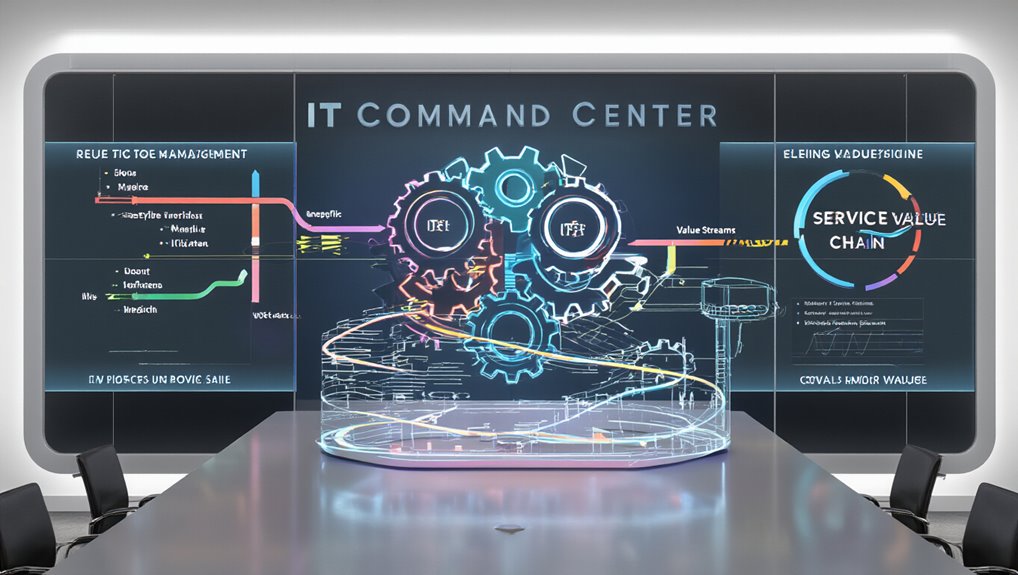While IT Service Management (ITSM) has revolutionized how organizations manage their technology services, its enterprise-wide counterpart, Enterprise Service Management (ESM), represents the next evolutionary step in organizational efficiency. ESM extends ITSM principles beyond IT departments to encompass HR, Finance, Legal, and Facilities, creating a unified approach to service delivery across the entire organization. This expansion addresses both technical and non-technical services, aligning all service management with strategic business objectives.
Despite sharing foundational elements like workflow optimization, automation, and self-service portals, most ITSM tools struggle to deliver true ESM functionality. These challenges stem from fundamental limitations in how these tools were designed. Traditional ITSM platforms excel at standardized IT processes but falter when confronted with the varied workflows of non-IT departments. The result? Resistance from business units and ineffective implementation.
ITSM platforms meet their match when forced beyond IT boundaries, creating departmental resistance instead of enterprise-wide efficiency.
The shortcomings of ITSM tools in ESM contexts are numerous:
- They lack necessary integrations with specialized business systems
- Their interfaces remain too technical for non-IT users
- Customization options prove insufficient for diverse departmental needs
Organizations successfully implementing ESM in 2025 have abandoned the one-size-fits-all approach. They prioritize platforms specifically designed for cross-functional collaboration with intuitive interfaces accessible to all employees. Early adoption of ESM often provides organizations with competitive advantage in their respective markets. These solutions feature:
- Unified service portals that connect multiple departments
- Automation capabilities extending beyond IT workflows
- Flexible customization options for department-specific requirements
The strategic benefits of proper ESM implementation are substantial. Organizations report improved operational efficiency through standardized service management enterprise-wide. Employee experience improves dramatically when accessing services through a single, consistent interface. Cost reductions result from shared resources and elimination of redundant systems. Implementing ESM also supports continuous improvement through Service Level Agreements that establish clear performance metrics across all business functions. ESM also helps organizations break down departmental silos that traditionally limit collaboration and efficiency.
For organizations planning ESM initiatives, success depends on selecting platforms built specifically for enterprise-wide application rather than attempting to stretch traditional ITSM tools beyond their capabilities. The key differentiator is a solution’s ability to accommodate diverse departmental processes while maintaining a unified service experience for end users.









